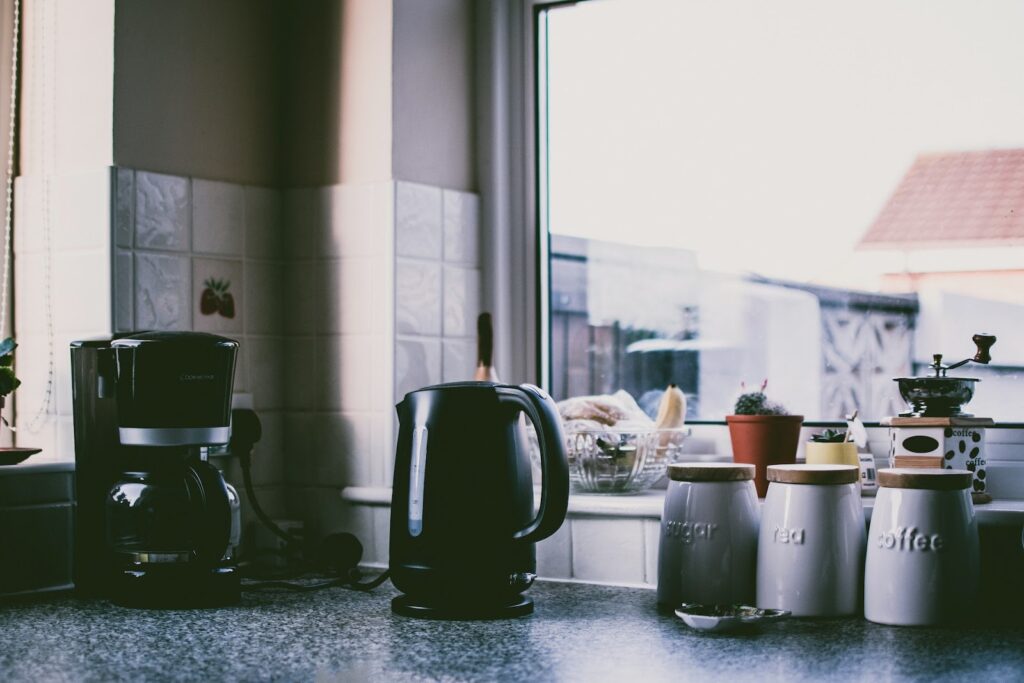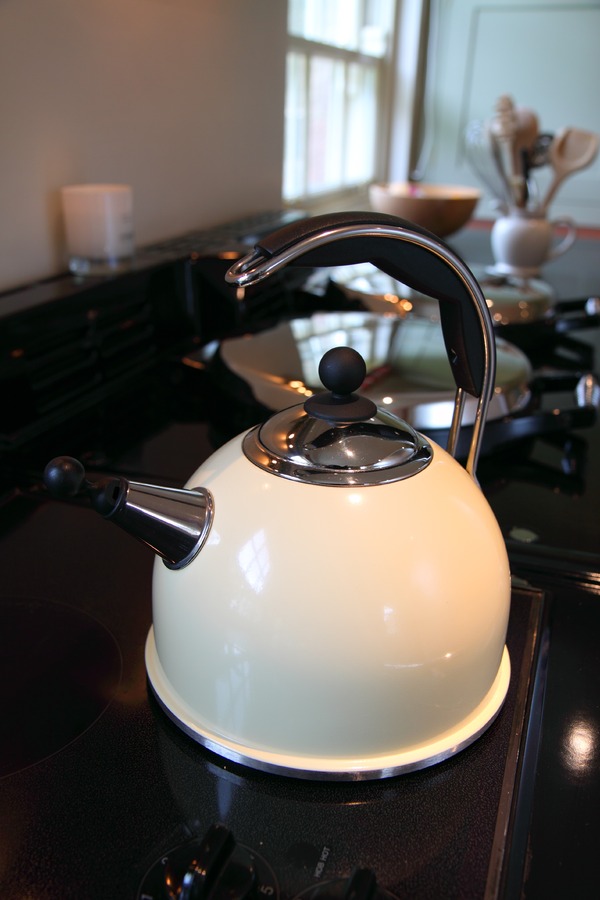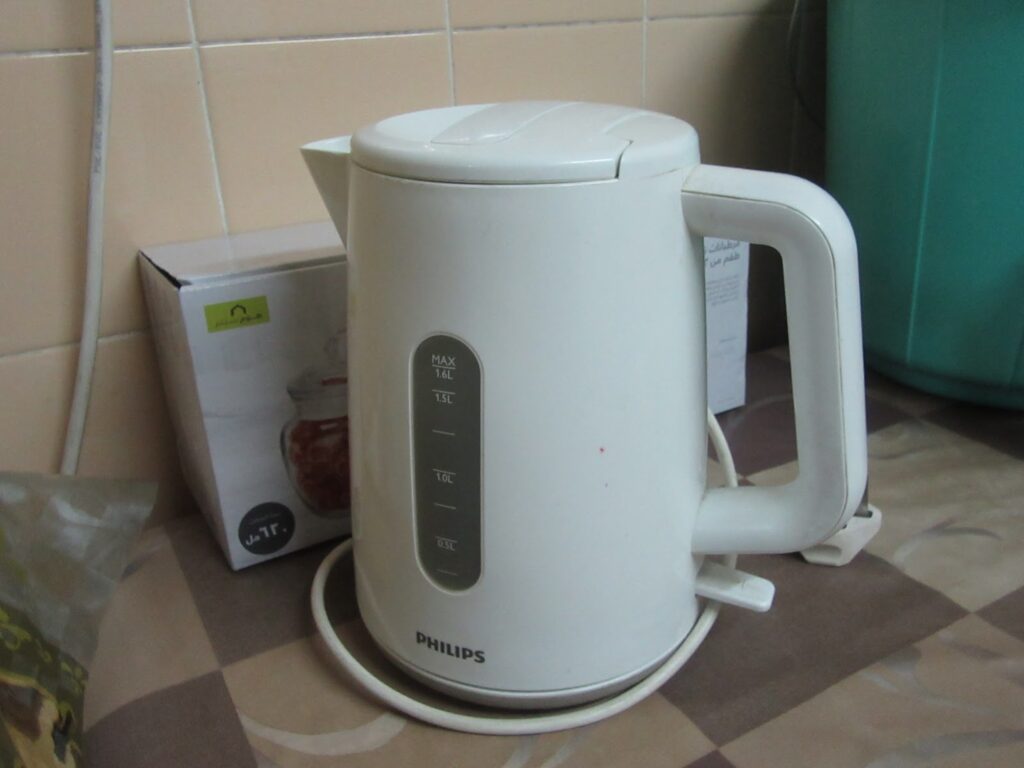Electric Kettle Vs Stove: A Comparison Guide
In nearly every culture and cuisine, you will find some kind of hot beverage.
From herbal green tea to a vanilla cappuccino, you need a way to boil water to make your beverage. Earlier, water was boiled on the stovetop, but electric kettles are now common in most kitchens.
But does that mean that they are better? Electric kettle vs stove. Both get the job done, but which one should you choose?
To get a better idea of what you should invest in, here are a few things to consider.
Electric Kettles

An electric kettle is usually made of metal, plastic, or even ceramic. They use a heating element to boil water internally.
This is very similar to the setup you would find in a water heater, just on a smaller scale.
Some electric kettles have a separate base that provides power to the appliance to heat up the water.
There are plenty of sizes and styles to choose from. You can get a modern electric kettle with advanced features such as wireless connectivity, multiple-layer insulation, and temperature controls.
Stovetop Kettles

Stovetop kettles haven’t changed much since their inception. They are usually metal or ceramic, and there is not much difference between them other than the size and shape.
There are no electronics needed, only a place to hold the water and a flat bottom to place on the stove to heat the water.
A stovetop kettle can be more decorative than its electric counterparts.
They don’t need a particular heat source to work. They work just as well on an electric stove as they do on a gas stove or an open flame.
Things to Consider
Portability
An electric kettle has its power source built-in. You can hook up your kettle and boil water if you have access to a power outlet. An electric kettle is only portable if you have a power source at the other end.
A stovetop kettle is portable too, but, again, you need a heat source where you are going to boil the water.
An electric kettle is the better choice in most situations, such as in school or the office, as there is likely a power source but not a source of heat.
On the other hand, if you are in the great outdoors (such as camping), there might not be any power, but you can build a fire. Here, a stovetop kettle will be your best option.
Keeping the Water Hot
Both kettle options can boil your water, and you can invest in kettles that come with extra insulation to keep the water hot for longer.
When the water has been boiled, you can seal the kettle and enjoy the hot water for an hour or two (or longer).
Be sure to choose by material. Stainless steel kettles are easy to keep clean, but the outside can become very hot after boiling the water.
Price
Generally, stovetop kettles are more expensive. However, budget and mid-tier kettles in both the stovetop and electric kettle categories will be priced similarly.
It is when you are comparing the best electric kettle with the top-tier stove top kettle that you will notice the differences in prices.
The best stovetop kettle can cost more than twice its electric counterpart.
This is because of the material used in it. A simple steel stovetop kettle will be cheap, but one made from copper can be far more expensive.
Cost of Ownership
You also have to consider how much it costs to heat water. Electric kettles cost $0.02 per boil, while stovetop kettles will cost $0.05 per boil on average, depending on whether you are using a gas or electric stove.
Electric kettles take around 2-5 minutes to heat water, and a stovetop kettle can take twice as much time on an electric stove due to the element having to warm up first. Gas stoves and open flames are much quicker.
In some small electric kettles where the water is directly in contact with the element, the water can reach its boiling point even faster and save time boiling water.
If you need to heat lots of hot water (in a restaurant, for example), then a traditional kettle will be cheaper. You can place it on an electric stovetop at a low setting, and this will keep the water close to its boiling point and won’t cost too much, either.
Temperature Control

A stovetop kettle is prone to excess boiling.
Some electric kettles offer temperature control settings. You can adjust exactly how hot you want the water to be.
This is also very useful if you want to get the best taste from your drink. Many teas and other drinks, like pour-over coffee, need the water to be at the right temperature for the beans/leaves to brew properly and achieve the perfect taste and color.
Many electric kettles with temperature control also come with goosenecks which make it easier to control the flow of water and give the user more control over the drink.
Flexibility
Stovetop kettles can be used with any kind of stove. Electric kettles need electricity, and in the case of a power outage, this can leave you stranded.
With a stovetop model, you can still pull out your camping stove and get water to a rolling boil.
Safety
There is always a chance of the electrical components failing, even in the best electric kettles. This can be a major safety hazard.
In both types of kettles, you should look for heat-resistant handles with a secure grip and steam safety features. If you have an electric-powered stove, make sure it has some safety systems.
Water overflowing from the kettle can damage the electric stove or even cause a short circuit.
Temperature settings on an electric kettle make it much safer to boil water as it prevents overflowing. Electric kettles also have other safety systems, such as automatic shutdown.
The design of the two kettles also varies, and this has an impact on safety. Even an electric plastic kettle will have the handle on the opposite side of the spout. Stove-top kettles have a handle on top of the kettle above the fill system.
When you are pouring out of a regular stovetop kettle, there is a chance that your hand will be in the way of the steam. With an electric kettle, this is not likely.
If you have hard water, it can cause mineral deposits in the kettle itself (which are very difficult to clean), and the solidified minerals can flow into your tea and be very unpleasant.
Conclusion
A regular kettle and an electric one are both very similar in their operation. Both need to be cleaned, both are easy to use, both need to be filled with water, and both will give you boiled water as the end product.
If money is no object and you have two kettles that offer relatively the same level of safety, it does come down to personal preference. If you don’t have a very specific need, both can do the job well.
If you do not have a heat source to place a stovetop kettle on, you should choose an electric kettle (as long as you can power it, of course).
If you can use your stove and want a kettle that gives you more flexibility (if you like to camp a lot, for instance), a stovetop kettle is going to fill that need for you!
